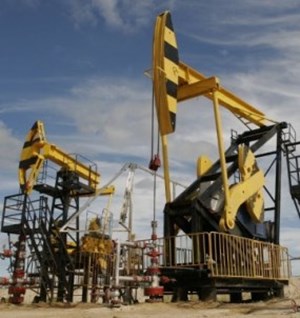Russia raises crude exports via key routes despite lower output
(Bloomberg) — Russia’s crude oil exports in the first 28 days of April jumped more than 17%, with hikes recorded for flows via all key pipelines and ports even as the nation’s production declined.
The country exported an average of 4.66 million barrels a day over the period to its key markets via pipelines and port facilities operated by Transneft PJSC, according to Bloomberg calculations based on data from the Energy Ministry’s CDU-TEK unit.
Deliveries via the nation’s ports jumped nearly 54%, compared with the prior month, while supplies via the Druzhba pipeline to Europe and the ESPO conduit to China grew 7.8%, the calculations show. The only direction where the flows dropped compared with the same period in March was the Druzhba pipeline leg toward Germany, according to the data.
At the same time, Russia’s oil output fell to 38.4 million tons, or an average of 10.05 million barrels a day, according to Bloomberg calculations based on the data. That’s 8.7% below production in March and the lowest level for the nation since November 2020.
Russia, which accounts for roughly 10% of global crude output, has faced an unprecedented wave of economic sanctions as western countries and their partners try to end the invasion of Ukraine by curbing the Kremlin’s revenues.
The real impact of these overlapping measures has hard to gauge, with key statistics on production and overseas shipments pointing in different directions. That’s because the country’s refineries have been processing less crude as they lose overseas markets and domestic fuel demand drops, freeing up more crude for export.
Some nations, such as the U.S. and the U.K., have announced outright bans on imports of Russian crude and oil products. The European Union is considering such restrictions, even though they could hurt the regional economy. As Western customers look elsewhere, Russia has been able to find new markets, notably in Asia, by offering its crude at deep discounts.



